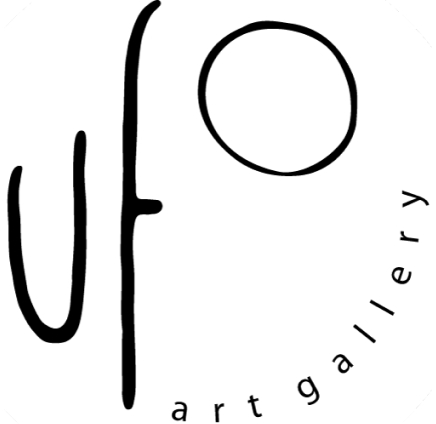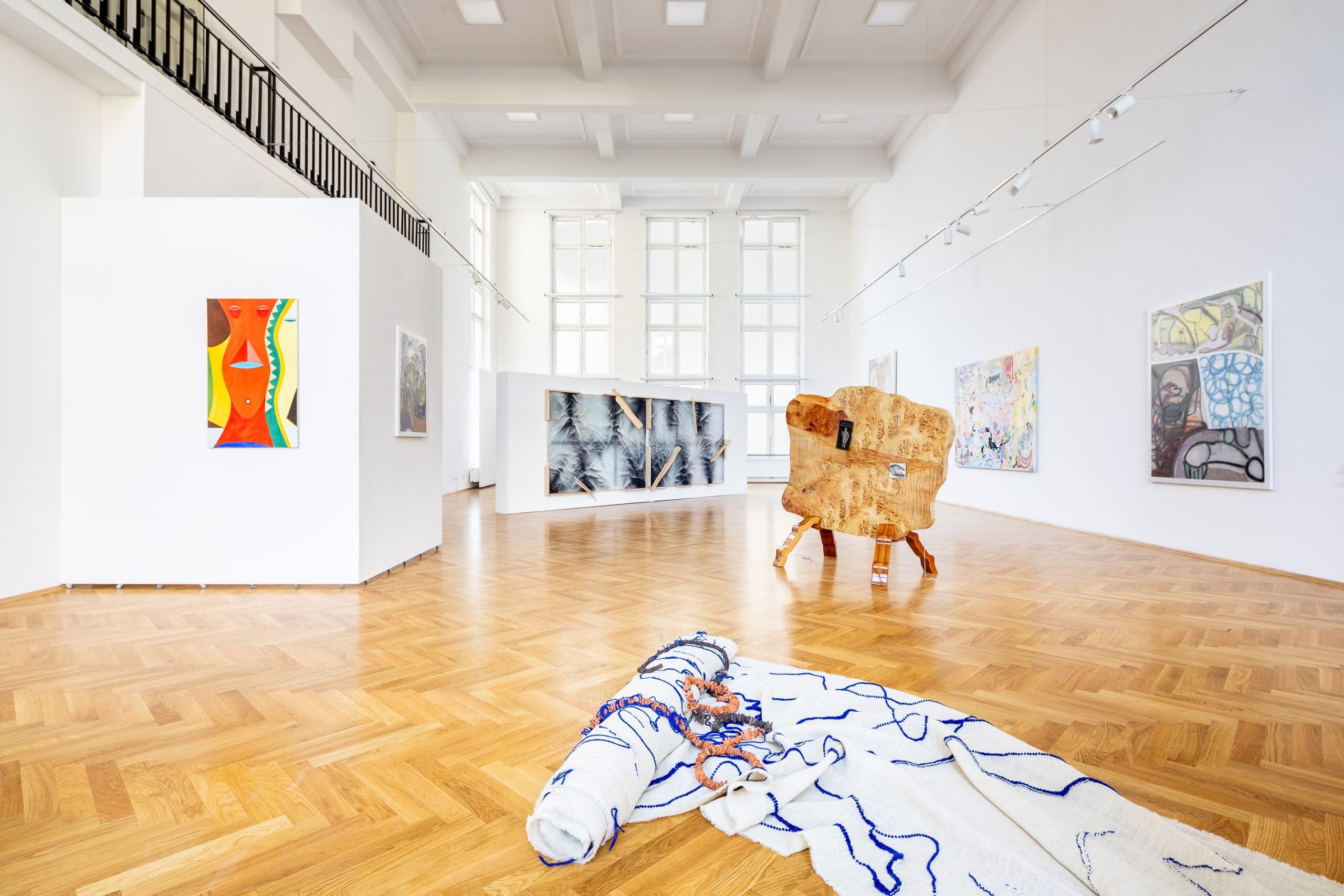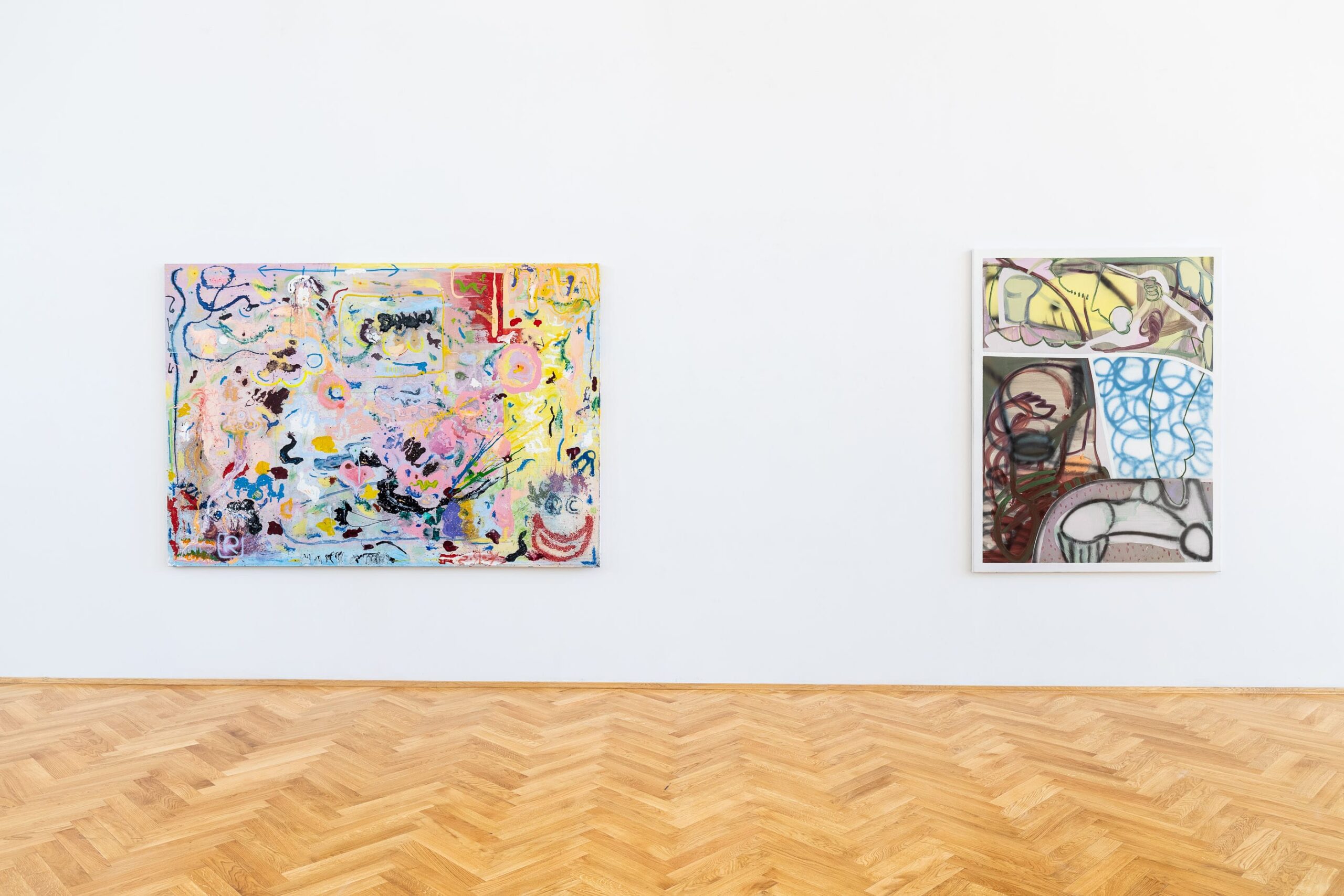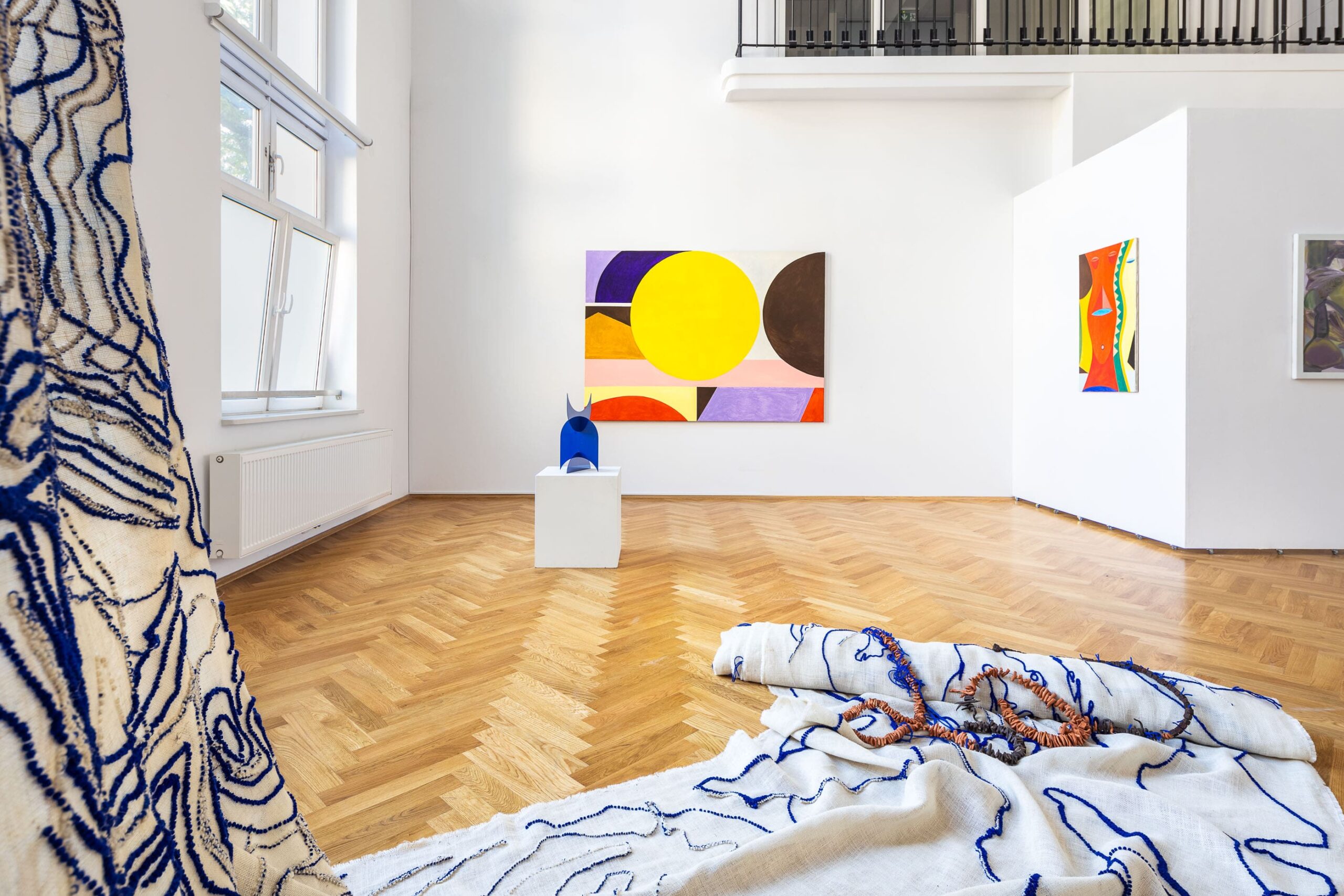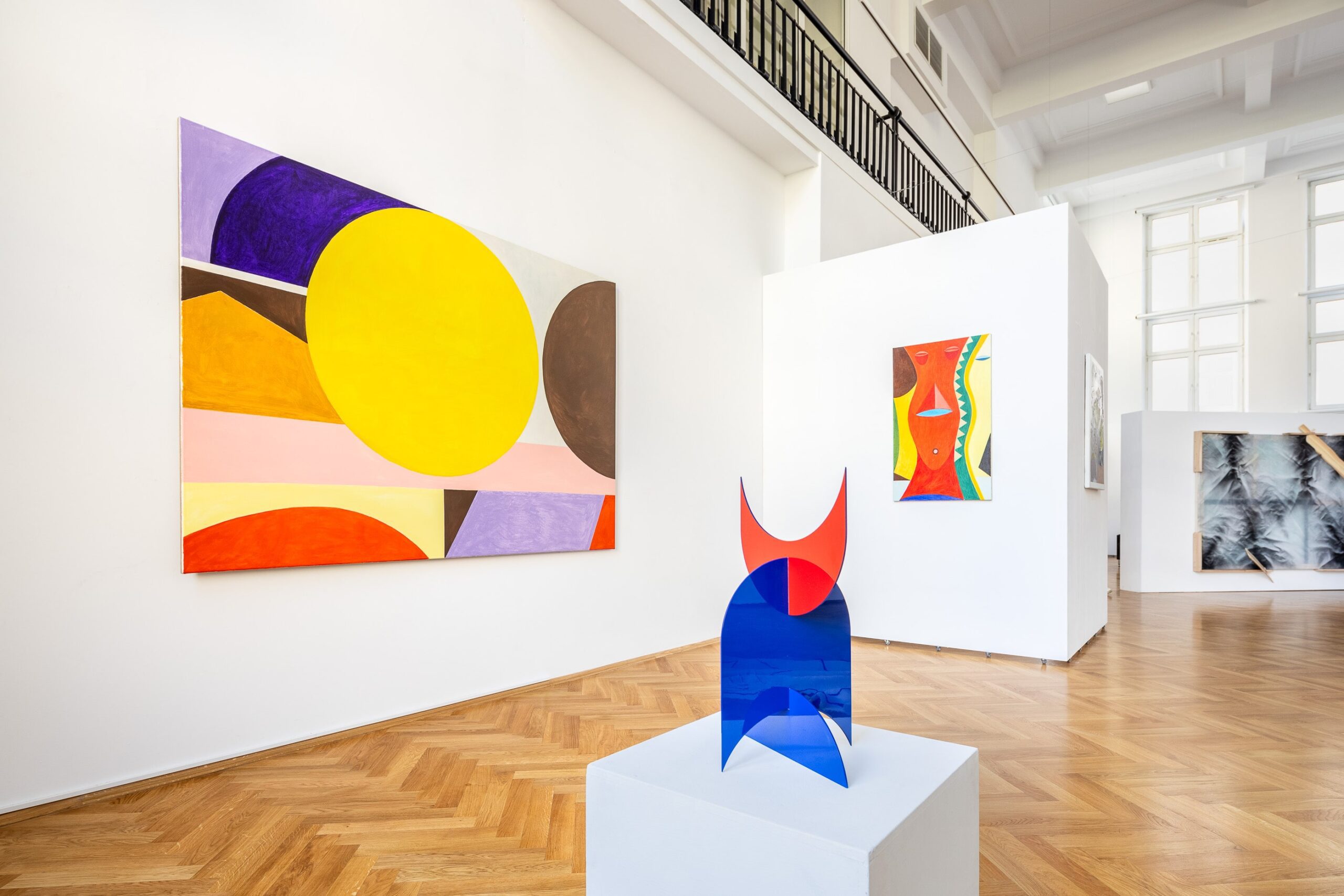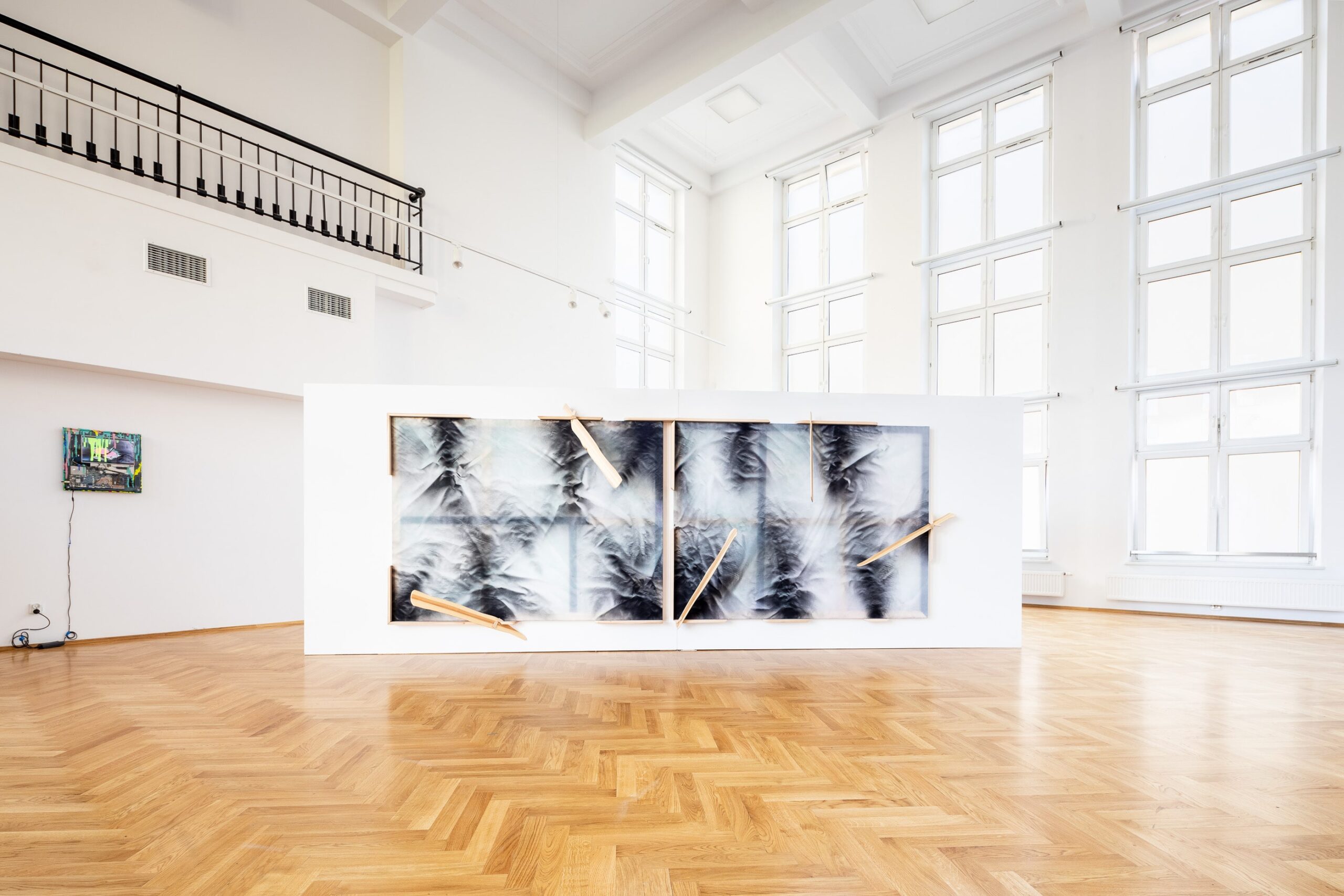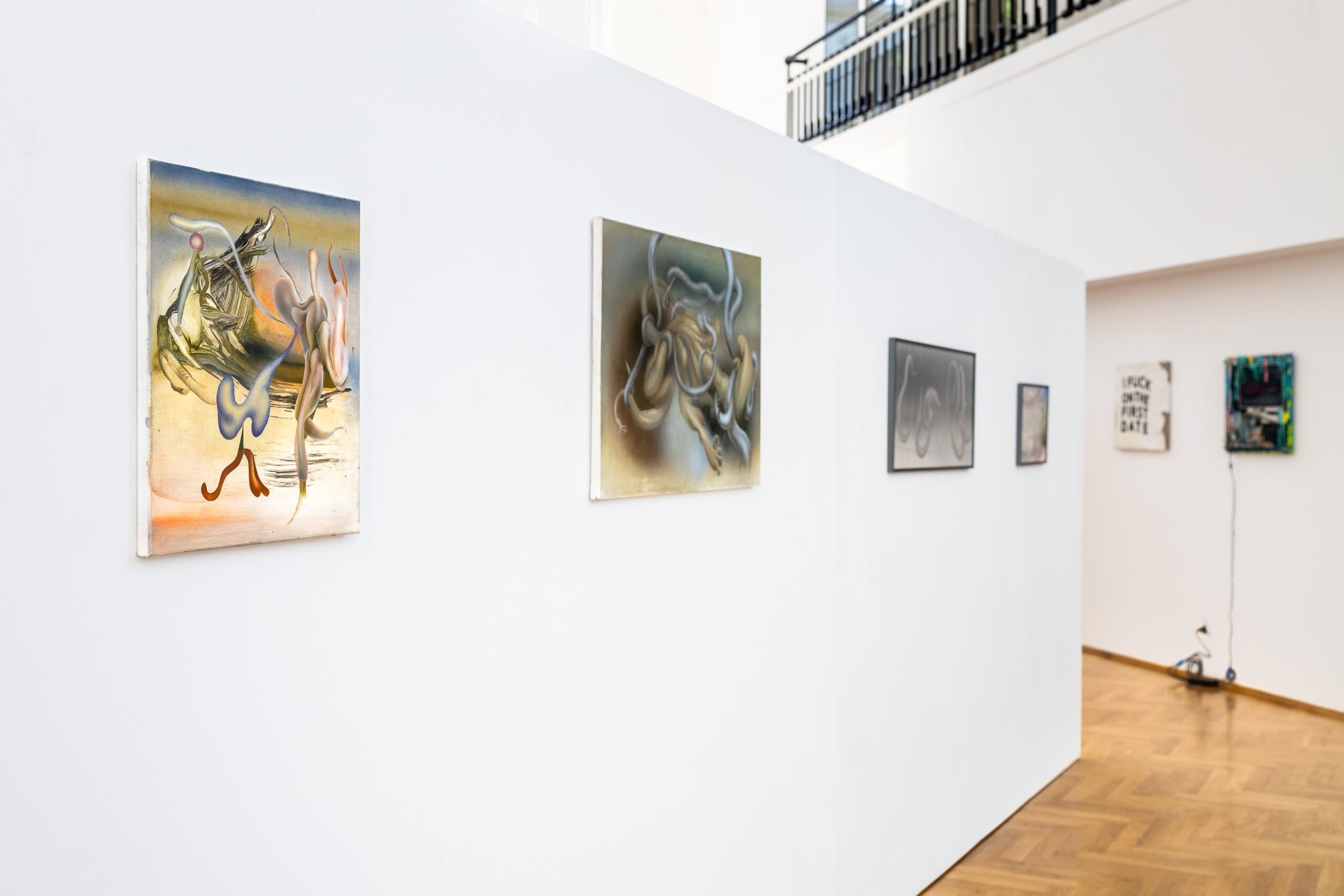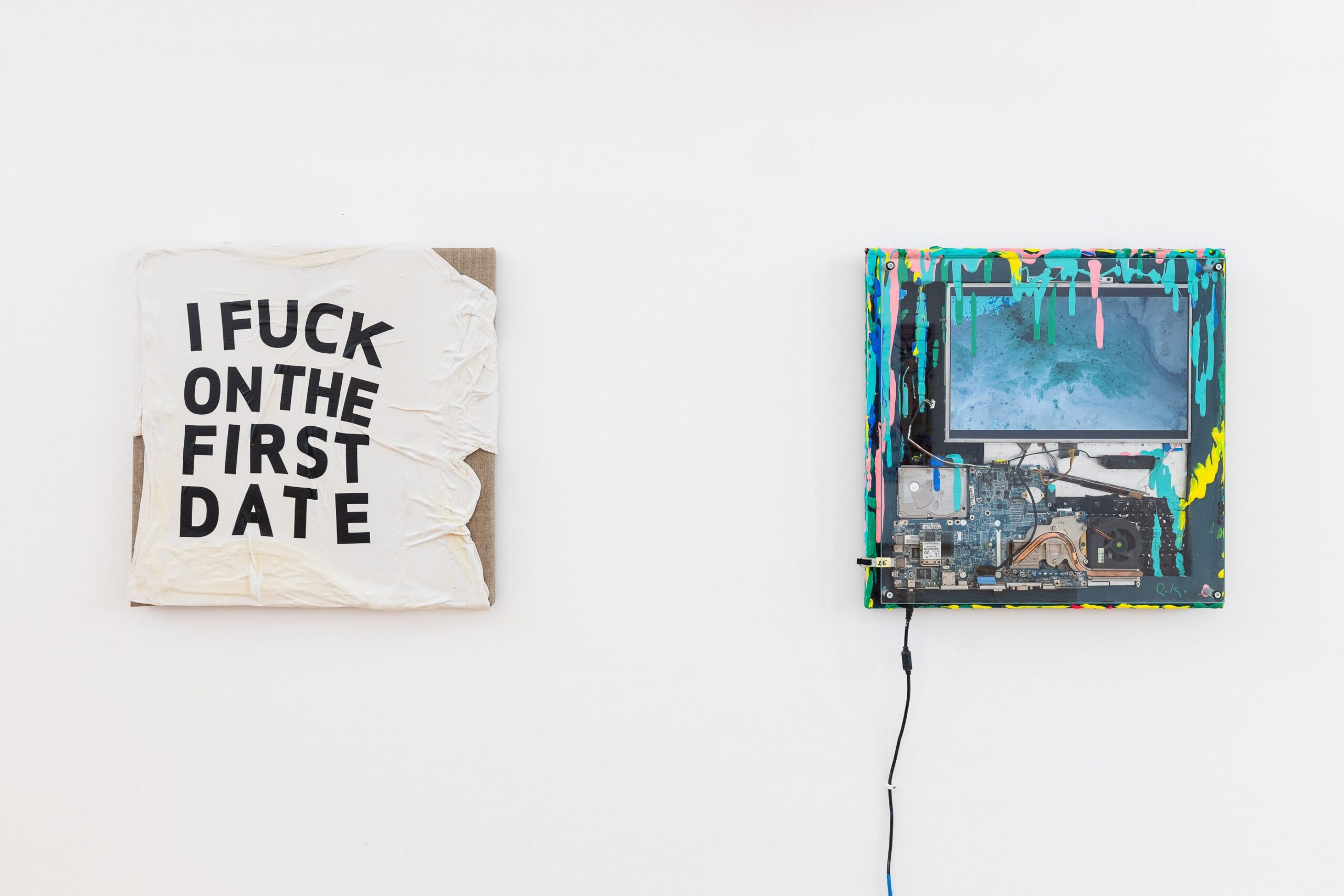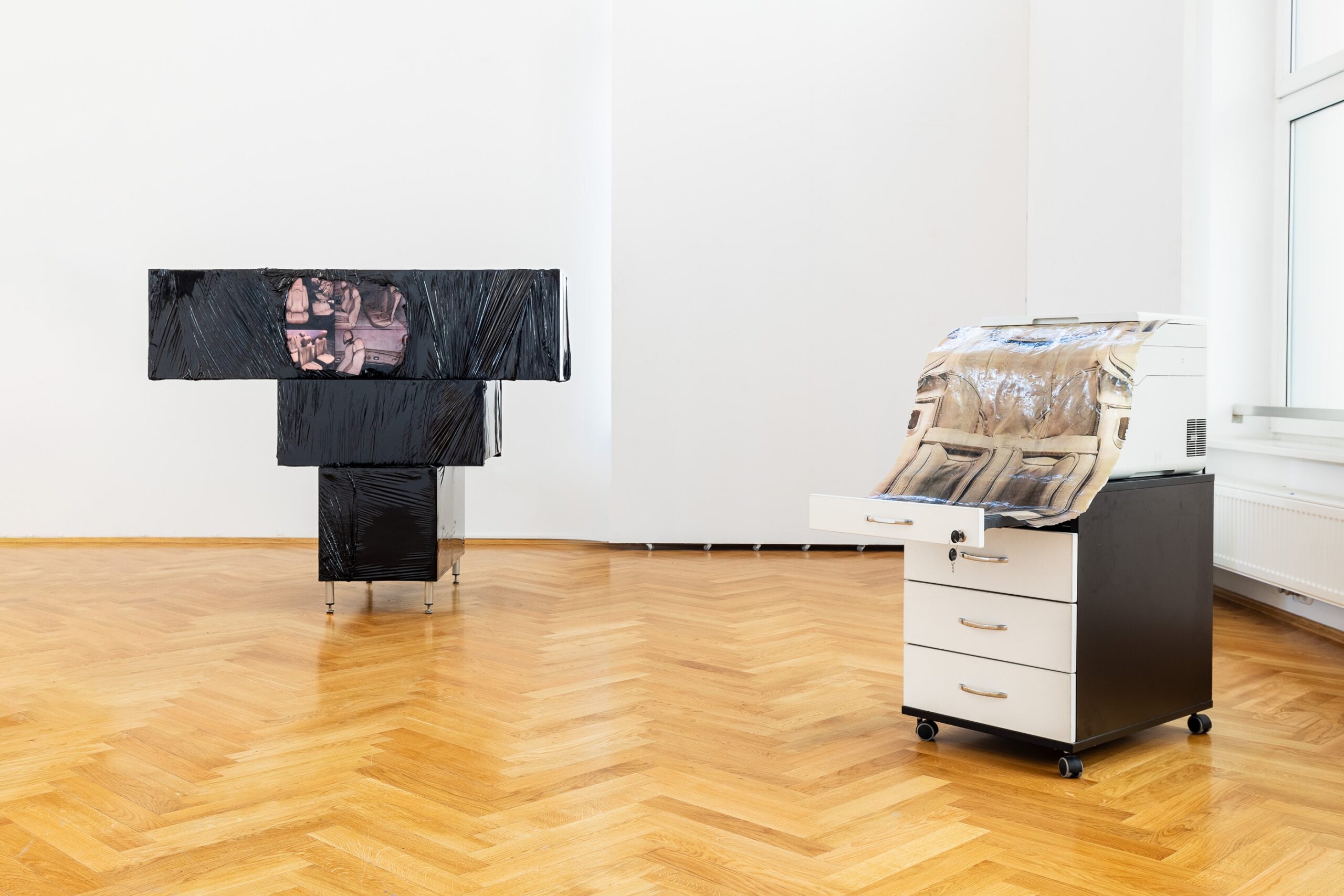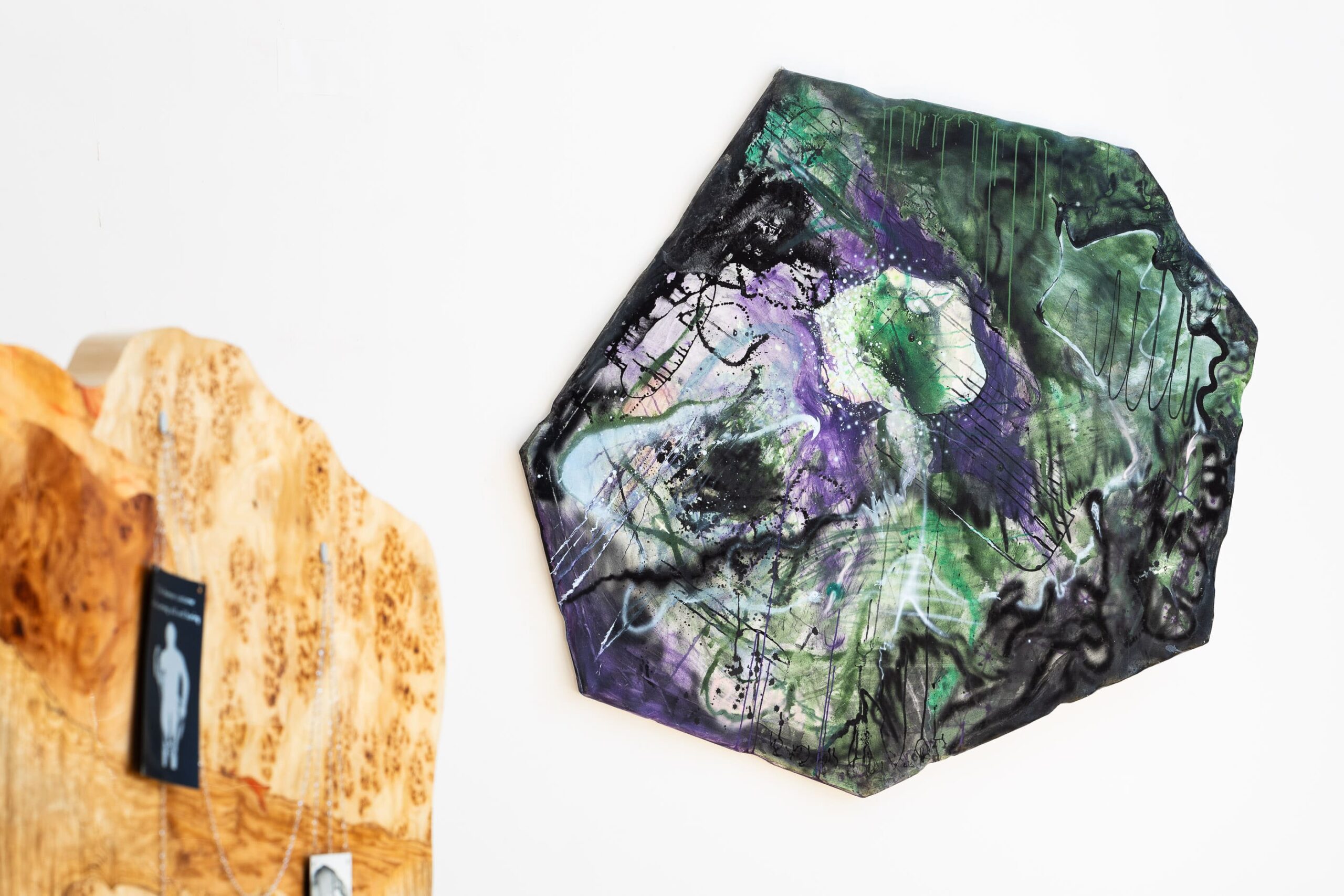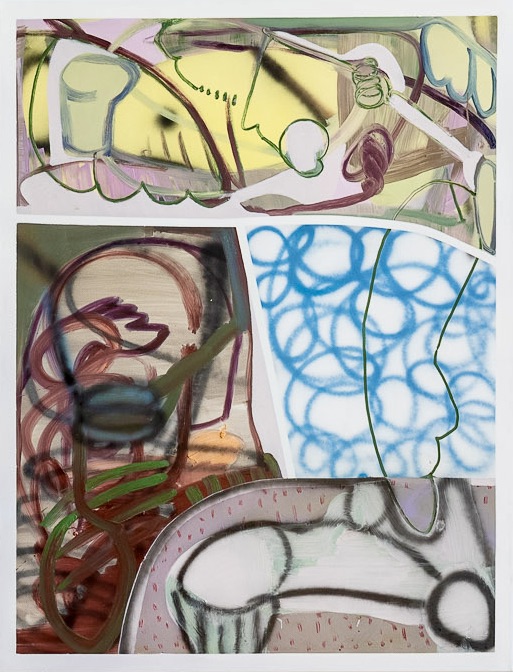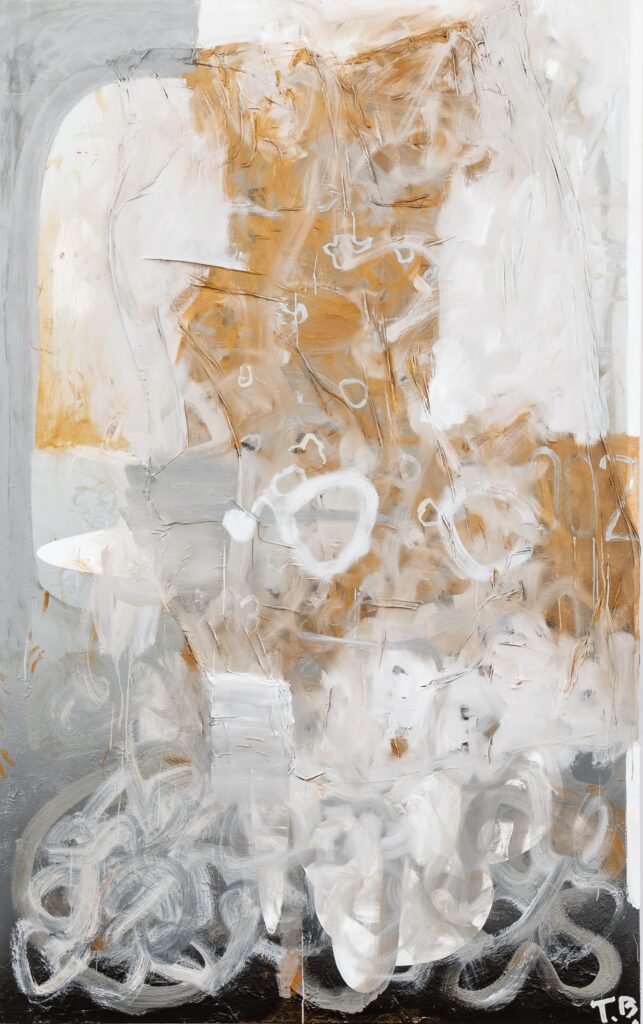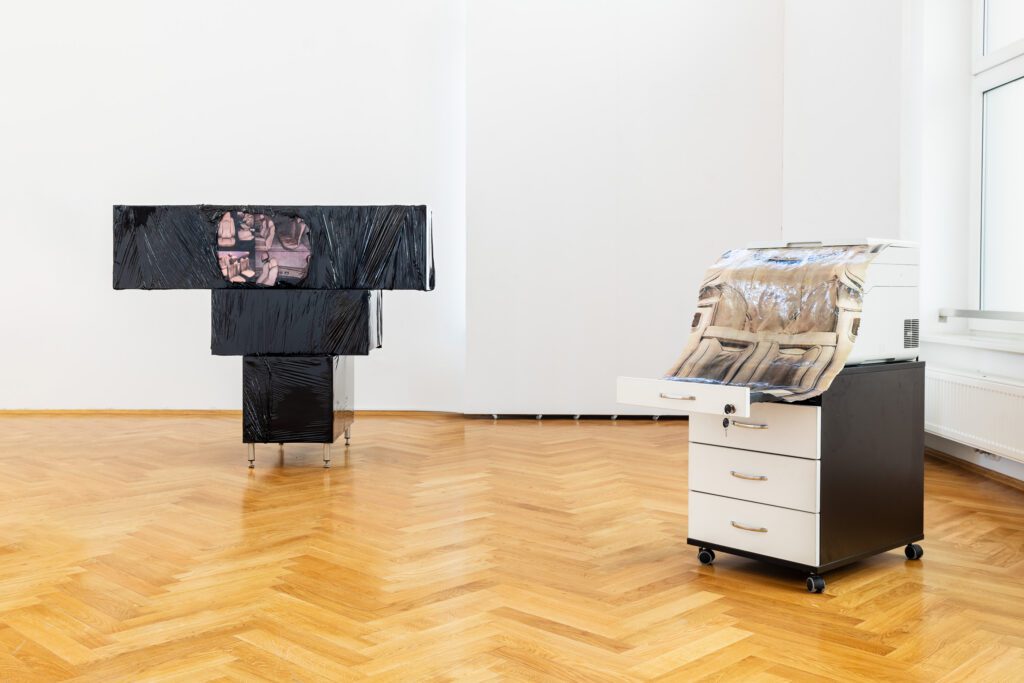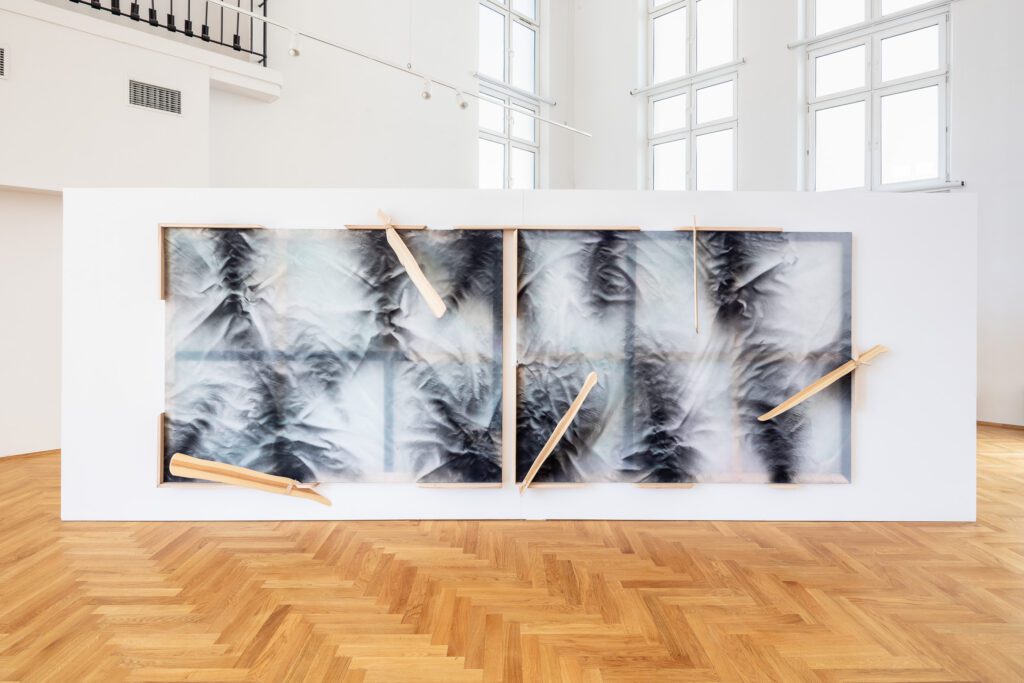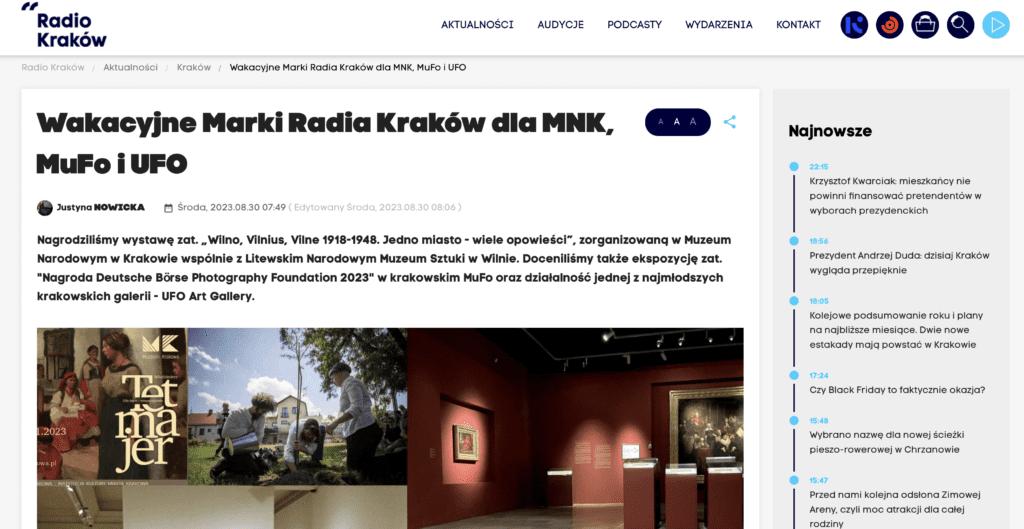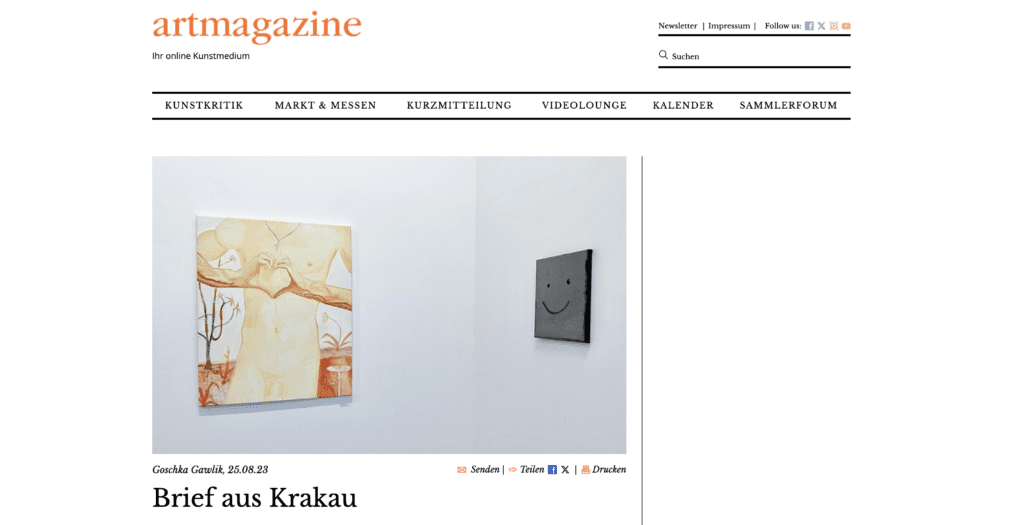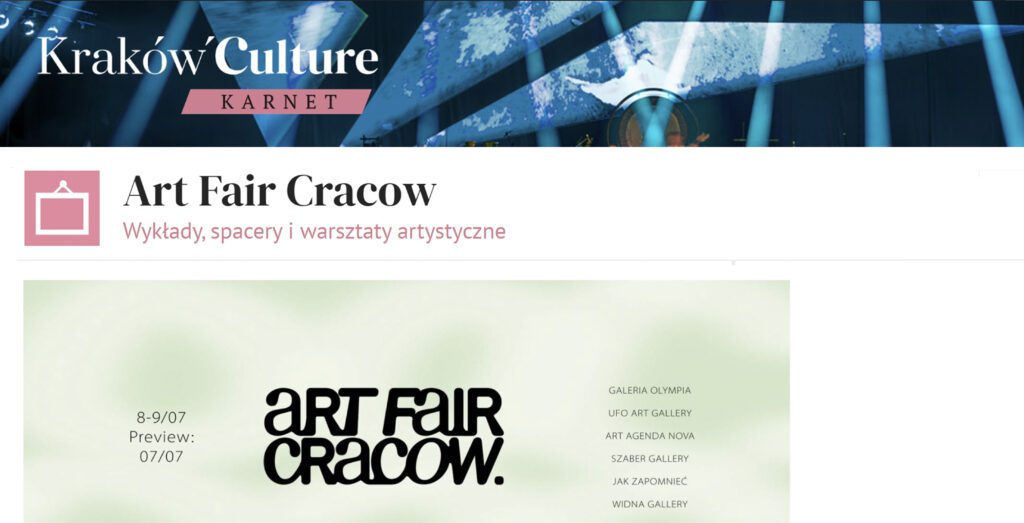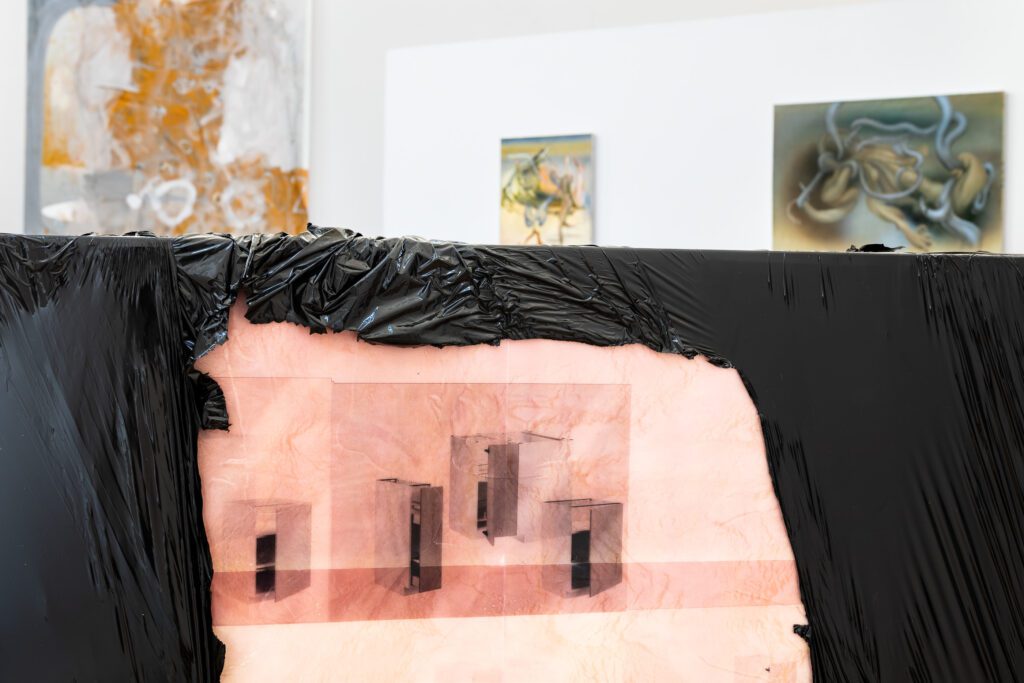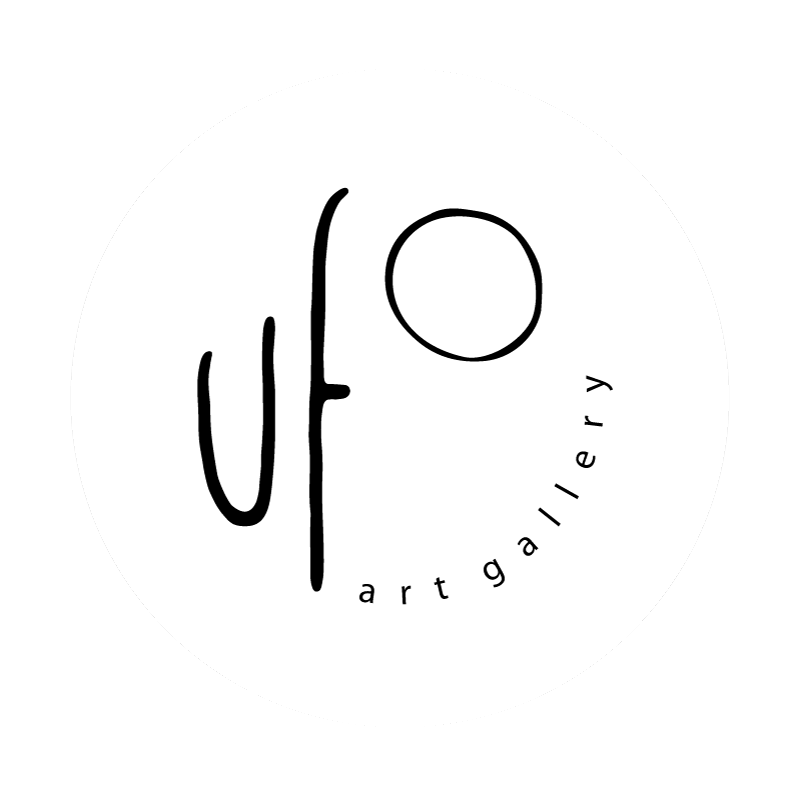When does the creative process become as interesting as its final result?
The most general answer may be as follows: when something cognitively unexpected was revealed during creation. Or unexpected forms have appeared, which indicate freedom in shaping what is still unknown and unclear, but already indicate new possibilities of meaning. This gives rise to the need for emotional or mental decisions – how to continue the creative process. And in a deeper, more fundamental sense, only then does it really begin. Then begins his story worth telling, because without it the final effect may turn out to be incomprehensible (and not just misunderstood). Therefore, what needs to be told is the story of the process of a person’s creative experiences and decisions, the story that was developed in this process or simply happened during it.
All this may be important in relation to the Unknown project, especially when modifications to the intended intention were anticipated during its creation, when the action plan itself included openness to changing the plan, openness to the unknown, and being surprised (or even astonished) by the results of subsequent stages. process, readiness to change even the artistic medium of the work or the formula of the work. It’s about being ready to be surprised by the result, a surprise experienced both by the person creating it and by the people viewing the work at the exhibition.
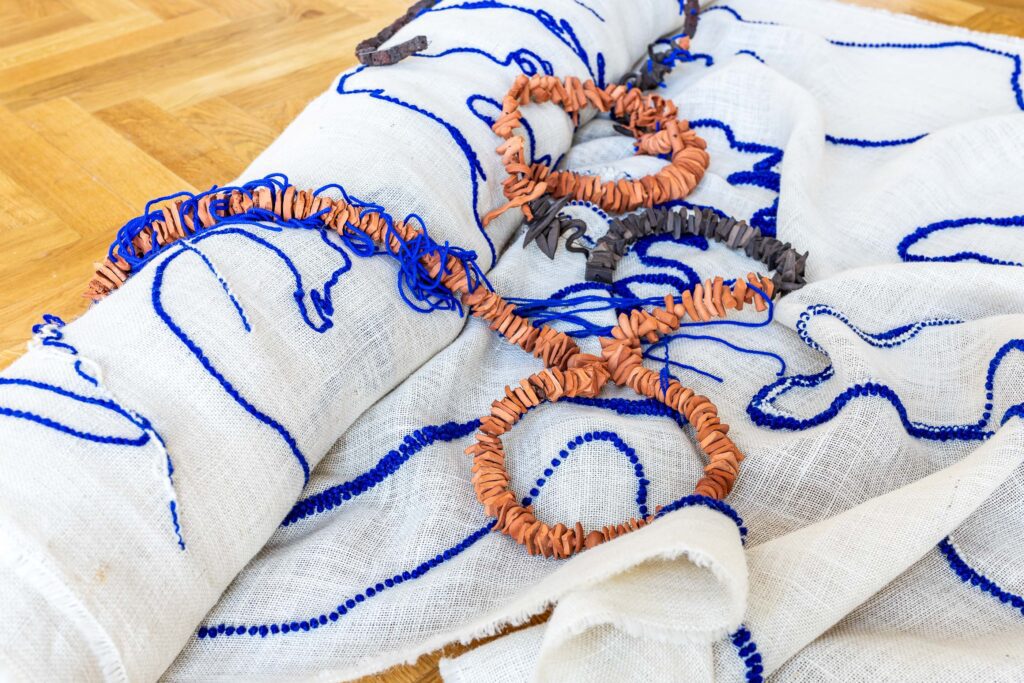

But isn’t it the case that when we try to recognize the unknown, we also have to take into account the change in ourselves? Perhaps something is unknown to us and at the same time we are attracted to recognize it because we are stuck in a certain form of ourselves, a form that already feels the need to change itself in some way. After all, a creative person is not, in fact, a completely permanent or homogeneous person, as he or she contains various ‘sub-personalities’ which may only reveal themselves in the process of creation. Then the identity of the creator partially changes and evolves, or perhaps rather his or her artistic identity.
Artistic identity may include openness to the influence of certain factors external to the creator. What factors? We can mention at least three types here.
1. In recognizing the unknown, it may be helpful to be open to the properties of the materials used, which can reveal their own form-generating possibilities during the creation process.
2. Achieving unpredictable results may be achieved as a result of cooperation with other creating people, or also with non-human beings, i.e. actants (such as technical devices or natural processes) that autonomously shape some elements of the work’s form, and perhaps even modify its general principle or logic.
3. In dealing with what is unknown, we can also be supported by openness to everything that, for lack of a better name, we call “chance”, which includes all unforeseen time synchronizations and changes in contexts of meanings that lead us to events that we were not able to design.
These types of external factors, if we are open to them during the creative process, can build a sense of connection with the multiplicity of what exists around us in our world. Recognizing the unknown can therefore be a path to a more conscious existence, and practicing art can be a process of acquiring knowledge otherwise unavailable. We are not sure that this will be possible, but it is still possible.
Grzegorz Borkowski
